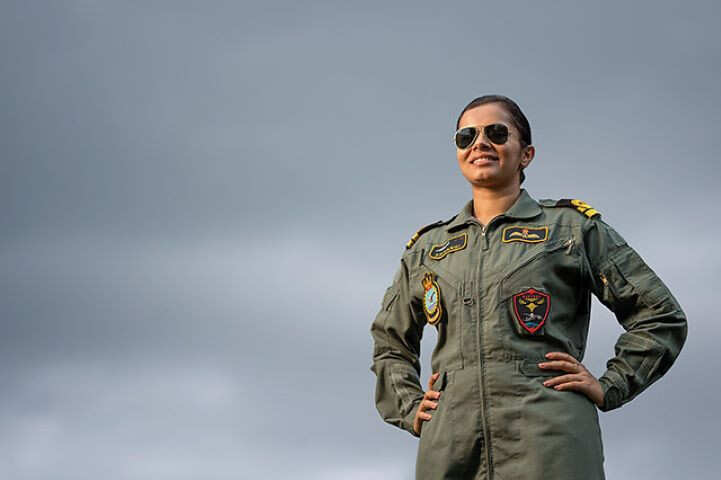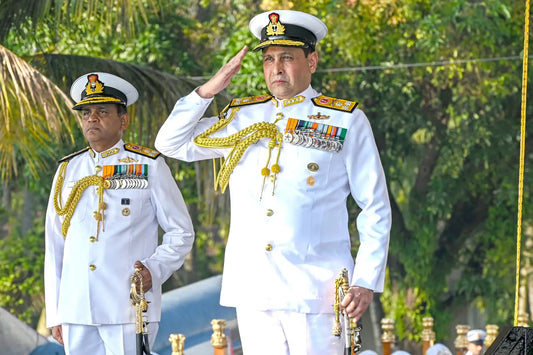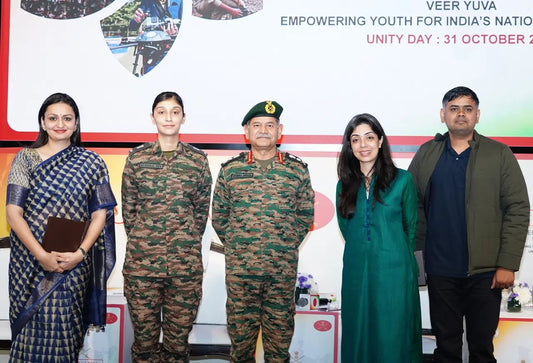Comprehensive Guide to Becoming an Indian Navy Pilot: Pathways, Requirements, and Benefits

Becoming a pilot in the Indian Navy involves more than selecting a career path; it is a dedication to serving the nation while undertaking one of the military's most demanding and thrilling roles. As a pilot, individuals engage in essential missions requiring intricate flying techniques, all in the service of protecting India's maritime and aerial sovereignty. This undertaking demands thorough preparation, outstanding educational qualifications, unwavering physical fitness, and a strong passion for aviation.
This guide outlines the steps and prerequisites necessary to become a pilot in the Indian Navy. It covers educational requirements, entry pathways, the selection process, training procedures, and the long-term benefits of this career.
The journey to becoming a pilot in the Indian Navy is grounded in a strong educational background. Candidates must meet specific qualifications that prepare them for the technical and intellectual demands of naval aviation.
| Qualification | Details |
|---|---|
| Bachelor’s Degree | Candidates should have a bachelor's degree in engineering, physics, or mathematics. This foundation is vital for understanding aviation technology, navigation systems, and aerodynamics. |
| 10+2 Eligibility | Younger candidates who have completed their 10+2 with a focus on science subjects such as Physics and Mathematics can access certain entry routes. |
| Graduation | Graduates must achieve at least 60% marks in their degree to qualify for most entry routes into the Navy, indicating adequate knowledge to manage the technical aspects of flying. |
There are several pathways for aspiring pilots to join the Indian Navy, accommodating various educational backgrounds and age groups.
| Entry Path | Description |
|---|---|
| National Defence Academy (NDA) | Students aged 16.5 to 19 years can enter through the NDA examination after completing their 10+2 education. The three-year program combines rigorous academics with military training. |
| Combined Defence Services (CDS) Exam | For graduates aged 19 to 24, the CDS exam offers entry to the Indian Naval Academy (INA) and includes a written exam followed by an SSB interview. |
| Indian Naval Academy (INA) | Graduates apply directly to the INA for naval officer training, preparing for roles including pilot duties. |
| Indian Navy Entrance Test (INET) | INET assesses candidates in English, Reasoning, Numerical Ability, and General Knowledge; excelling is crucial for advancing in the selection process. |
| Short Service Commission (SSC) | Targets technical graduates, reflecting the Navy's need for skilled personnel in technical fields, including aviation. |
After meeting educational and entry criteria, candidates must undergo rigorous physical and medical evaluations.
| Standard | Details |
|---|---|
| Height and Weight | The Navy sets specific height and weight standards, typically a minimum of 157 cm for men and 152 cm for women, with weight proportional to height. |
| Physical Fitness | High physical fitness levels are mandatory, with candidates needing to prove their endurance and strength through various fitness tests. |
Becoming a pilot in the Indian Navy comes with numerous benefits that enhance the overall compensation package.
| Benefit | Description |
|---|---|
| Pilot Allowance | Upon training completion, pilots receive a pilot/NAOO allowance of Rs 31,250, acknowledging their specialized skills. |
| Job Stability | The role offers job security and opportunities for advancement and specialization within a prestigious organization. |
As of February 2025, the Indian Navy has announced 270 vacancies in various roles, including pilots and air traffic controllers.
| Criteria | Details |
|---|---|
| Age Limit | Applicants must be aged between 18 to 24 years, with age relaxations for reserved categories. |
| Application Mode | Applications must be submitted online through the official recruitment portal. |
Understanding the application process is vital for candidates aspiring to become naval pilots.
| Step | Description |
|---|---|
| Read the Advertisement | Start by reviewing the job notification for details about eligibility, deadlines, and requirements. |
| Prepare Documents | Gather necessary documents like educational certificates and identification proofs before applying. |
| Apply Online | Submit the application accurately and thoroughly before the deadline through the official link. |
| Submit Application Fee | If required, pay the application fee within the stipulated time to complete the application process. |
Once selected, candidates undergo extensive training to develop their skills as pilots.
| Training Phase | Details |
|---|---|
| Ground School | Focuses on theoretical aviation aspects, including navigation, meteorology, and aircraft systems. |
| Simulator Training | Allows candidates to practice flying skills in simulators before piloting actual aircraft. |
| Flight Training | Involves supervised flying to learn various techniques and maneuvers. |
| Operational Training | Includes advanced missions and possibly international engagements to enhance skills in real scenarios. |
Specific graduates may find direct eligibility for pilot roles limited, such as B.Sc. Biotech graduates, but alternative roles in the Navy may be available. Exploring options based on qualifications is advisable.
Becoming a naval pilot involves overcoming several challenges, and there are proposed strategies to address these hurdles.
| Challenge | Solution |
|---|---|
| Rigorous Selection Process | Extensive preparation through physical training and mock tests can enhance candidacy. |
| High Educational Standards | Seeking guidance through coaching centers or study groups can improve exam performance. |
| Continuous Training Demands | Commitment to ongoing learning is essential for career advancement in response to evolving technology. |
With technological advancements, naval aviation is poised for significant changes in the future.
| Trend | Details |
|---|---|
| Integration of AI and Drones | Reliance on unmanned aerial systems will grow, requiring coordination skills across aircraft types, including drones. |
| Sustainability | The Navy may adopt practices to reduce environmental impacts, contributing to discussions on aviation's environmental role. |
| International Collaboration | Joint exercises with other navies may increase, broadening experiences for naval pilots amid global tensions. |
In conclusion, becoming a pilot in the Indian Navy requires meeting stringent educational standards, physical assessments, and undergoing extensive training. The career offers job security and numerous benefits, allowing individuals to serve their country while engaging in an exciting profession. For aspiring candidates, this path demands dedication and hard work, but the opportunity to fly for one of the nation's most prestigious organizations makes it a rewarding pursuit.
As you embark on this distinguished career, remember the importance of preparation—stay physically fit, aim for excellent academic results, and engage in mock training sessions to improve your chances. With persistence and dedication, you could soon be piloting aircraft, contributing to the security and prowess of the Indian Navy. Embrace the challenge and start your journey today!



















